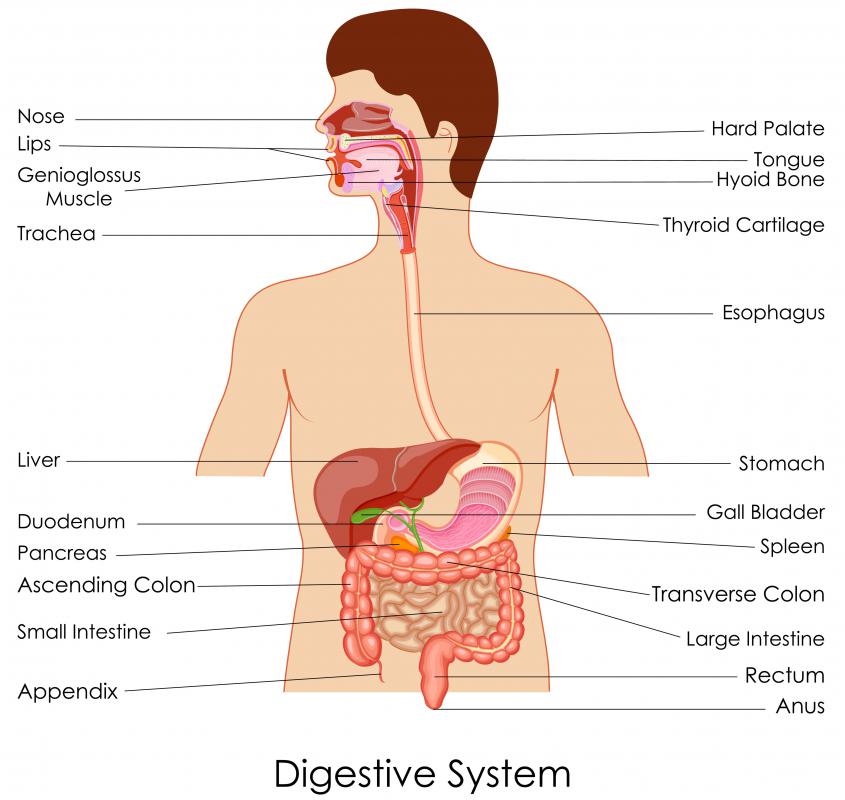At TheHealthBoard, we're committed to delivering accurate, trustworthy information. Our expert-authored content is rigorously fact-checked and sourced from credible authorities. Discover how we uphold the highest standards in providing you with reliable knowledge.
What are Side Effects of Platelet Transfusions?
There are several mild possible side effects of platelet transfusions, however severe reactions to the treatment are rare. Some of the most common side effects from platelet transfusions are a high temperature, itching, rash, and shivering. Many adverse reactions to the treatment can be avoided if apheresed platelets are administered. This type of platelet has been filtered of the elements believed to have the most potential to cause harm.
In order to reduce the impact of possible side effects, patients are monitored carefully while they are receiving platelet transfusions. If a patient does have an adverse reaction during a transfusion, the treatment is stopped. Drugs are also usually administered to treat the symptoms of the reaction.

The effectiveness of transfusions can decline after several procedures — a condition that is commonly known as being refractory to the transfusions. There are two primary causes for this condition: the immune and the non-immune. An immunity-caused decline in platelet effectiveness could be the result of the immune system rejecting the incoming platelets as foreign objects and destroying them before they can circulate throughout the body. If this happens, a doctor can test the patient’s blood and search for a closer platelet match in the hopes of finding a transfusion that the body will accept. Non-immune causes for platelet acceptance issues include a reaction to antifungal drugs, an enlarged spleen that traps platelets and keeps them out of the bloodstream, and an abnormally high temperature.

Platelet transfusions are primarily administered to patients with a low healthy platelet count due to blood loss, hemorrhaging, lack of sufficient platelet production, or damaged platelets. Some of the most common conditions which could require a transfusion during treatment include autoimmune deficiency syndrome (AIDS), multiple myeloma, aplastic anemia, and organ transplant participants. They are also commonly given to patients who are involved in a bone marrow transplant or chemotherapy to treat leukemia.

In most cases several platelet transfusions are necessary in order to raise the number to an adequate level. A typical treatment schedule will consist of two transfusions per week. Usually a doctor will be able to tell if the transfusions are working and when they can be stopped by measuring young platelets with RNA, also known as reticulated platelets. If these kinds of platelets are growing in number, then the body is once again making its own platelets, rather than depending on the transfusions.
AS FEATURED ON:
AS FEATURED ON:


















Discussion Comments
I'm not a doctor but my father has had to undergo several platelet transfusions during his cancer treatment so I do have some knowledge. Side effects of platelet transfusions are usually mild and rare because doctors take care that the right platelets are used. If severe side effects do not occur, doctors continue with the transfusion because low platelet counts are far more dangerous than the risks of minor side effects from the transfusions.
Those undergoing chemotherapy often suffer from low platelet counts and transfusions become necessary sometimes. It's important to get the platelet count high as soon as possible.
@donasmrs-- How high is your temperature?
A fever after a platelet transfusion is a common side effect as the article said. Many people experience this. You should call your doctor and ask about it. More than likely, he will recommend that you take a fever reducer and monitor your temperature. But you should call just to make sure. If you develop any other symptoms, make sure to tell your doctor about those as well.
I've needed platelet transfusions in the past and I did have a mild fever for a short period after each transfusion. It's usually nothing to worry about and can easily be treated with a fever reducing medication.
I had a platelet transfusion this morning and now I'm home. I just developed a fever but it's strange because I experience chills sometimes as well. What should I do? Should I just take a fever reducer?
Post your comments